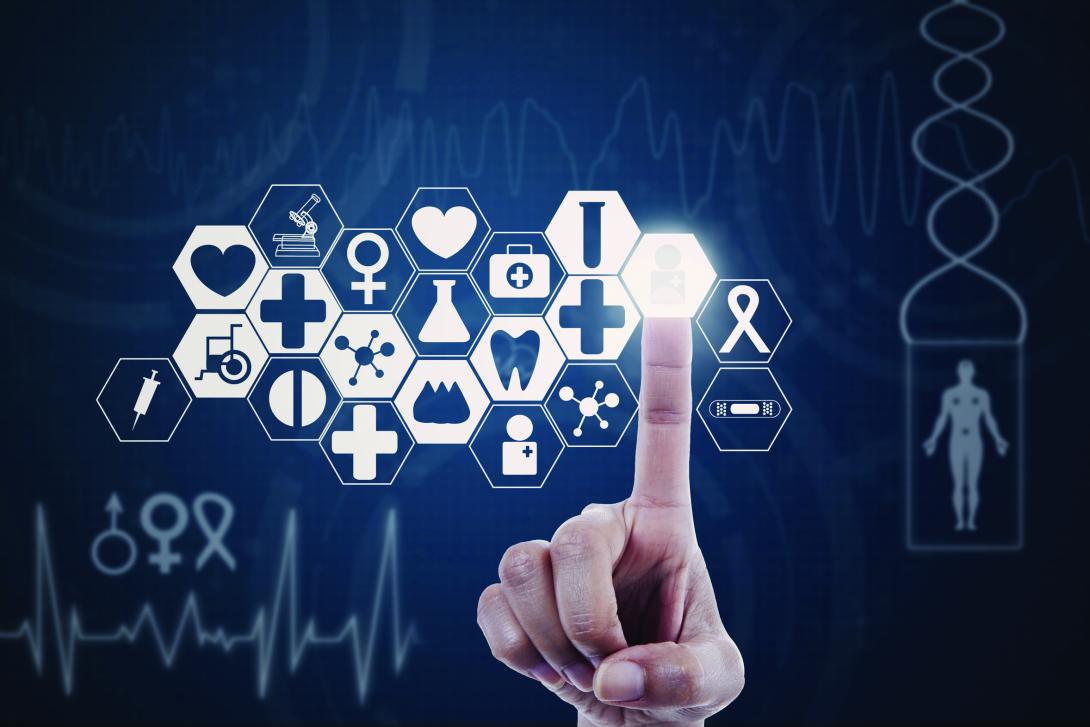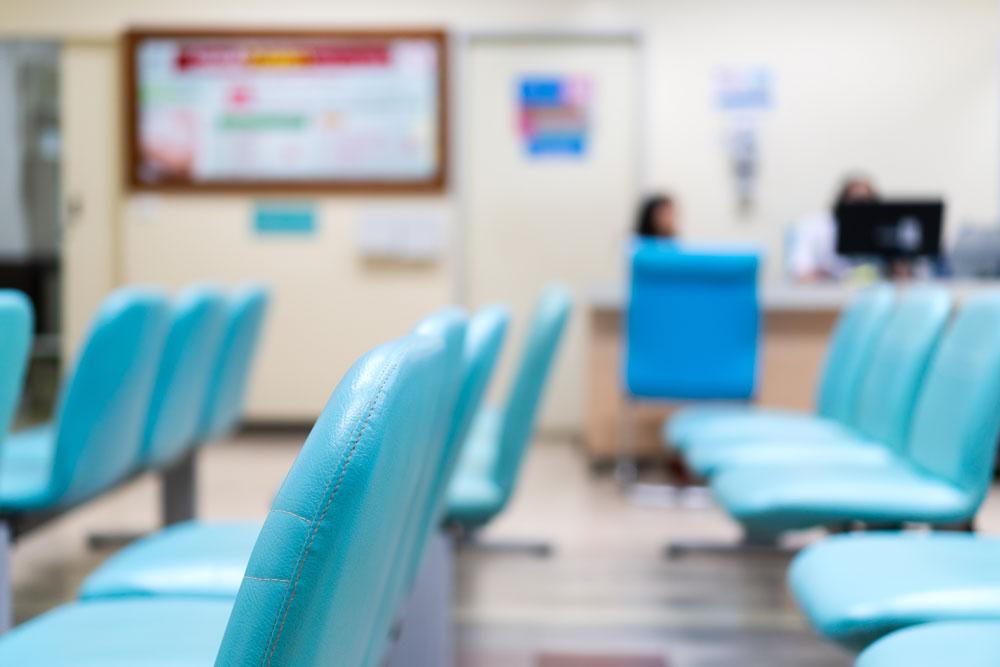Glen Hodgson, head of Healthcare at GS1 UK, explores the growing role of barcode technology in the future of acute trusts in England
Two years ago, Health Secretary Jeremy Hunt brought barcodes to the attention of the BBC when he highlighted their potential for improving patient safety in acute trusts. He said: “About once a week, tragically someone dies in the NHS because they’re given the wrong medicine. We also have a number of operations where the wrong implant is put into someone’s body and that then has to be changed at a later date. And if we use modern barcode technology, we can deal with a lot of these problems.”
In the time since then, the number of acute trusts adopting GS1 standards has grown to over 50 and barcode technology is an increasing feature of national programmes, mandates and initiatives, whether from NHSE, NHSI or The Department of Health and Social Care’s Scan4Safety programme. What they all rely on is the unambiguous identification of every person, every product and every place in acute trusts in England, using GS1 barcodes.
Every person: identifying patients with a wristband, which includes a GS1 barcode, enables accurate and consistent information to be captured and stored– a major driver for patient safety.
Every product: easily accessing accurate and transparent product information for medical supplies, equipment and pharmaceuticals enables precise ordering, improved product availability and lower transaction costs.
Every place: identifying every physical and operational location within the healthcare system enables information to be collected and stored where each event occurs.
Improving patient safety
For over ten years, GS1 standards have been delivering safety benefits to the NHS. All new-born babies are given wristbands that use GS1 barcodes for patient identification during the heel-prick test and since 2009, it has been required that GS1 standards are used to carry the NHS number on all patient wristbands. GS1 standards are also the main identifier for procedure trays and surgical instrument track and tracing. Thanks to the Scan4Safety programme, we also now have the concrete evidence to back the Department of Health and Social Care’s business case for using GS1 standards across all acute trusts in England. They’ve estimated it could deliver £1 billion in savings over seven years.
For the Scan4Safety demonstrator sites, it’s not an estimate. Derby Teaching Hospitals NHS Foundation Trust delivered savings of £1.2 million in 2016/17 and £2.7 million in 2017/18. And the data the standards gives them is now routinely used for unwarranted clinical variation discussions within the surgical teams. Leeds Teaching Hospitals NHS Trust introduced GS1 standards to track patients, using a mobile app to work alongside their Electronic Health Record and link it to their existing eMeds and eObs systems. They’ve seen many benefits, including decreasing the number of errors where patient’s ID previously had to be entered manually into the system and their positive patient ID is twice as strong now that they scan patients and verbally check too. It means they always know where their patients are, reducing the need to make calls between departments and giving relatives peace of mind when they’re asking for information. They’re in the process of getting an electronic white board for Theatres, so they can see when patients are ready for surgery too.
Leeds also ran a product recall test in Ophthalmology, to see how their new inventory management system using GS1 standards compared to their previous paper-based one. Where their old system would’ve cost a minimum of £173 and 8.33 hours of staff time to complete a product recall, their new system cost a maximum of £9 and took 35 minutes. The new system takes less time, costs less money and is safer for patients.
Reducing never events
A session at our conference last year also saw the acute trust CEOs of North Tees, Derby and Plymouth agree in a panel discussion to work collaboratively to develop the implementation of GS1 standards to look at reducing the number of never events. They will do this by utilising the insight from the data captured by scanning people, products and places in real-time to aid decision support of clinical teams. The potential of GS1 standards to help reduce never events has since been recognised in the report Investigation into the implantation of wrong prostheses during joint replacement surgery by the Healthcare Safety Investigation Branch (HSIB), an independent body set up by the Secretary of State for Health and Social Care. As part of their investigation into a never event where a patient had a wrong prosthesis implanted, the HSIB visited Royal Derby Hospital and consequently used their work using GS1 barcodes in theatre as an example of how events like this could be prevented.
This alignment on the use of GS1 standards to help improve patient safety, across Trusts and government, backs a growing trend that sees technology as a vital part of the sustainability of the NHS. Simply exhorting the medical profession to try harder on patient safety isn’t working, engineering out Never Events through technology is. That’s why programmes like NHS England’s Global Digital Exemplars are placing such a strong emphasis on using and developing technology to deliver better care. GS1 standards are a vital part of this and it’s not the only driver to be getting on with implementation - GS1 standards are needed to comply with the Falsified Medicines Directive in 2019, the eProcurement Strategy in 2020 and Lord Carter’s requirements for 2019. If there’s one thing that unifies the many avenues by which barcode technology is being introduced to the NHS, it’s that technology is key to improving patient safety and reducing never events. And, it’s vital for the future of the healthcare industry.





